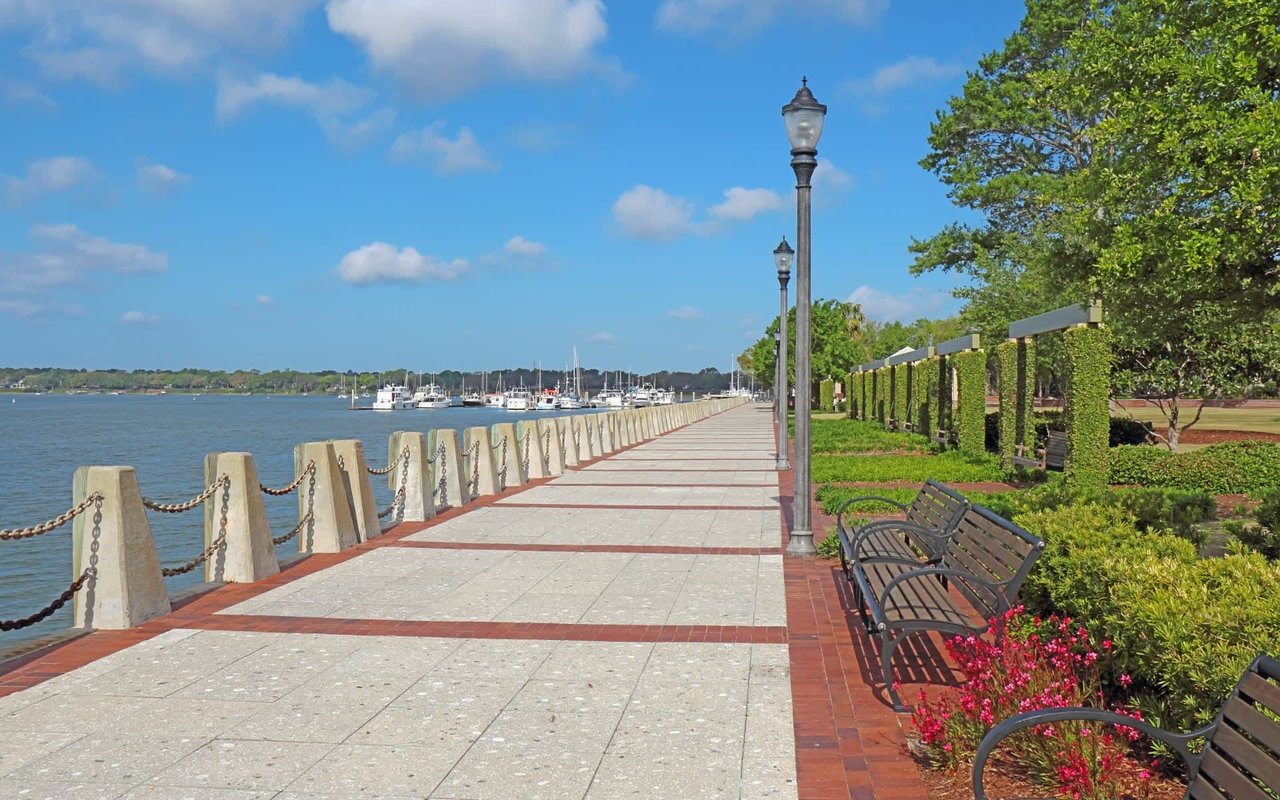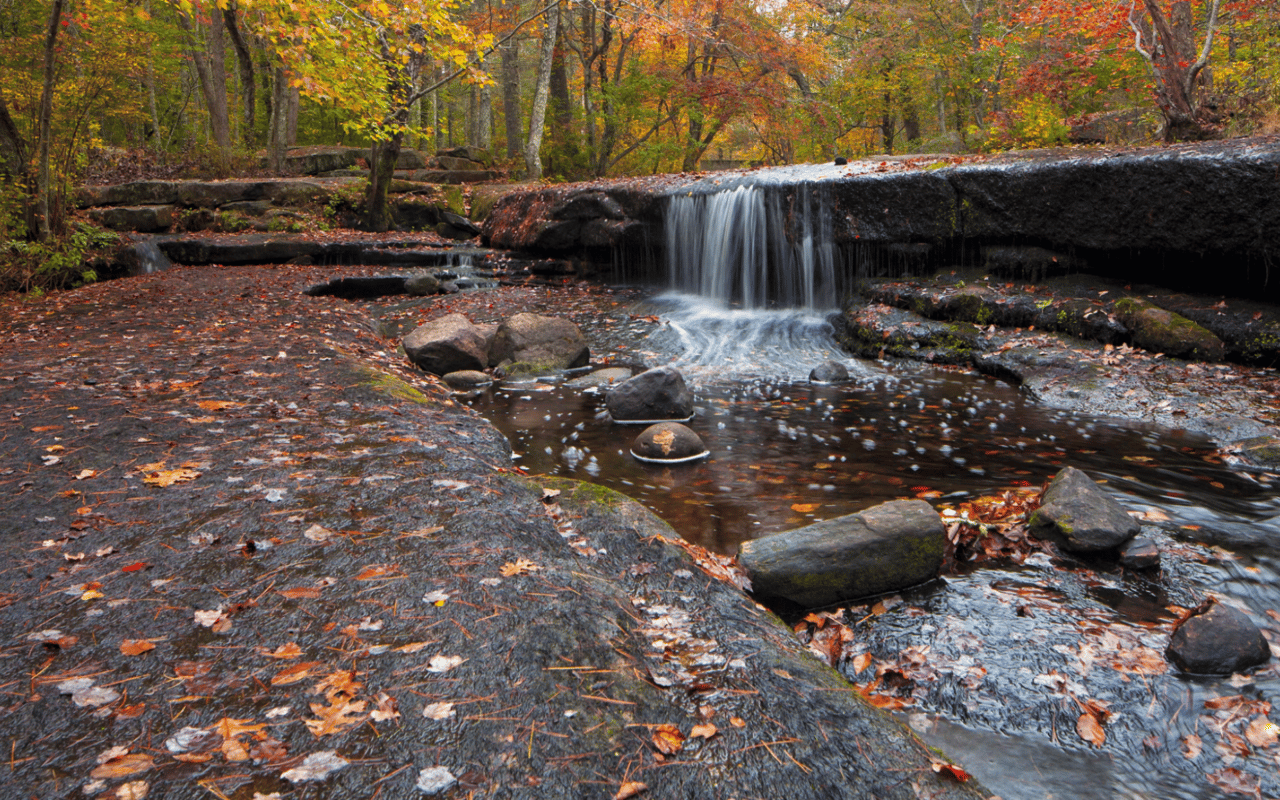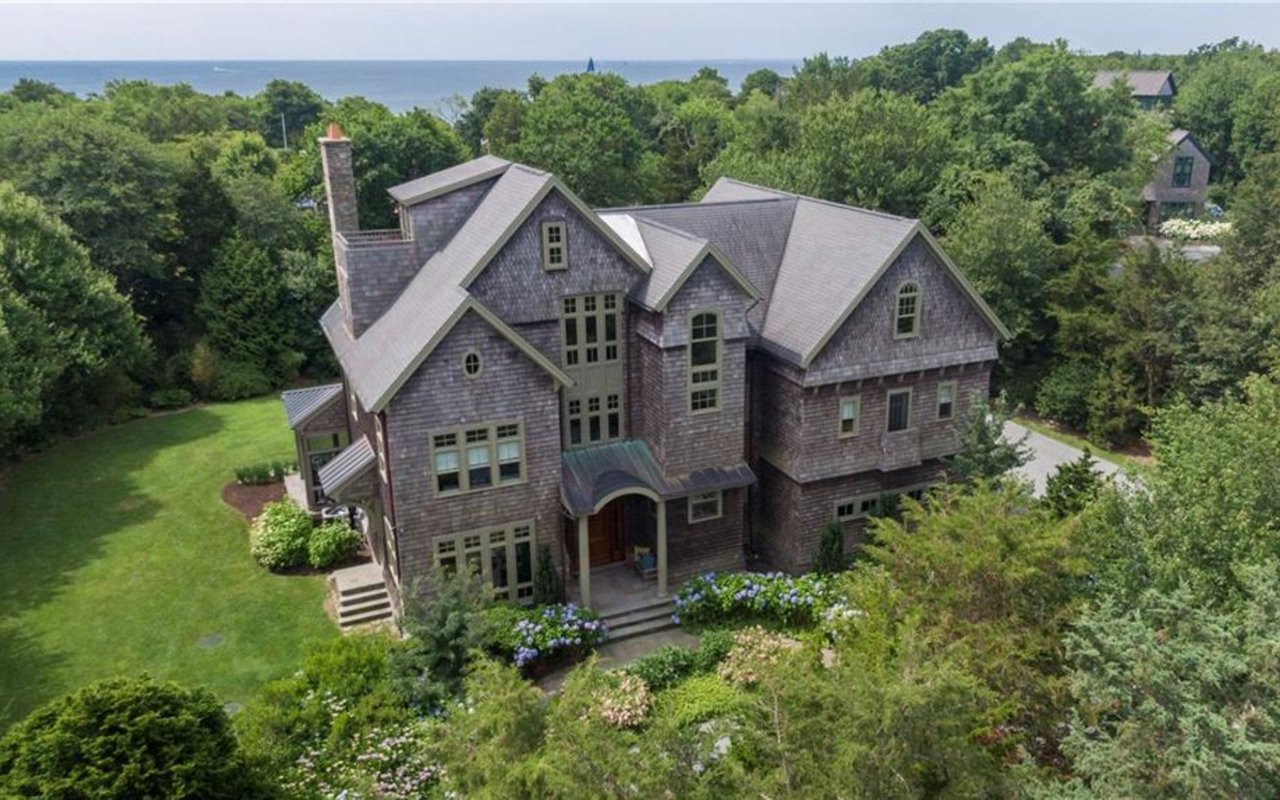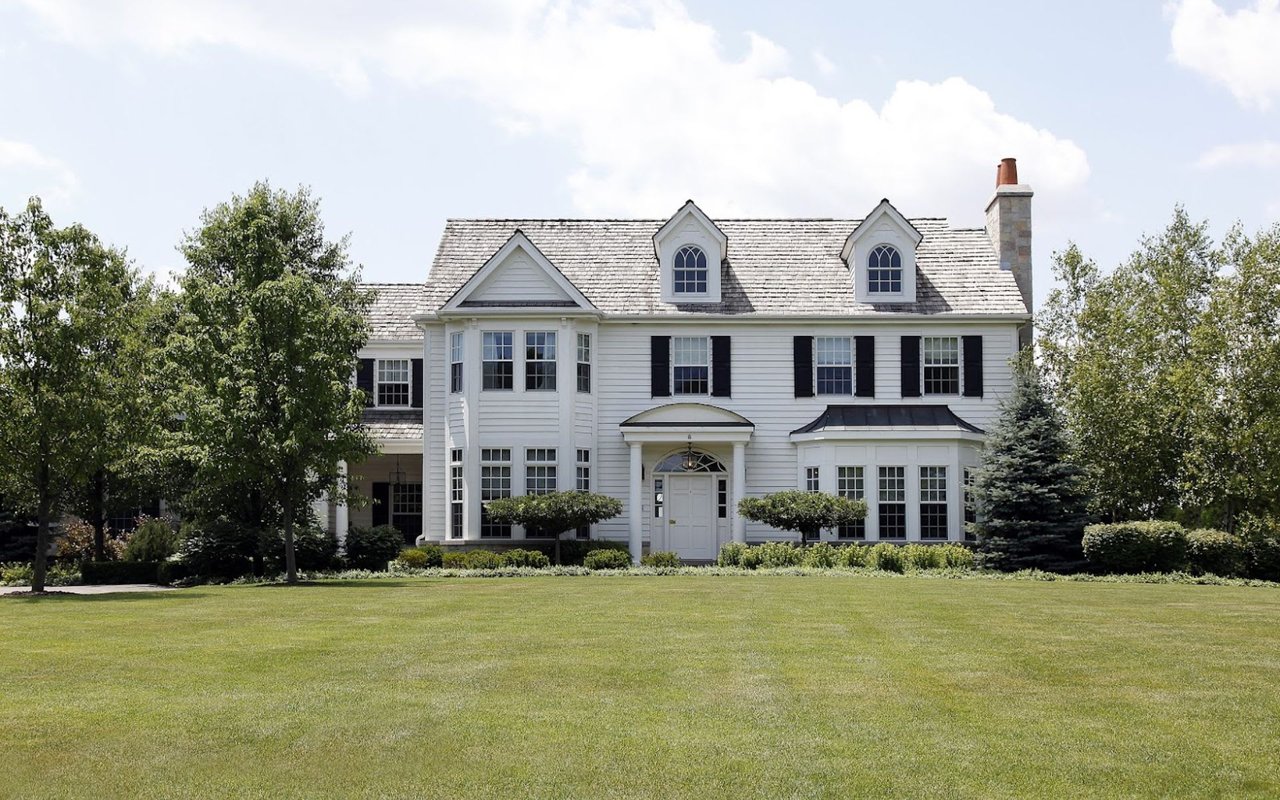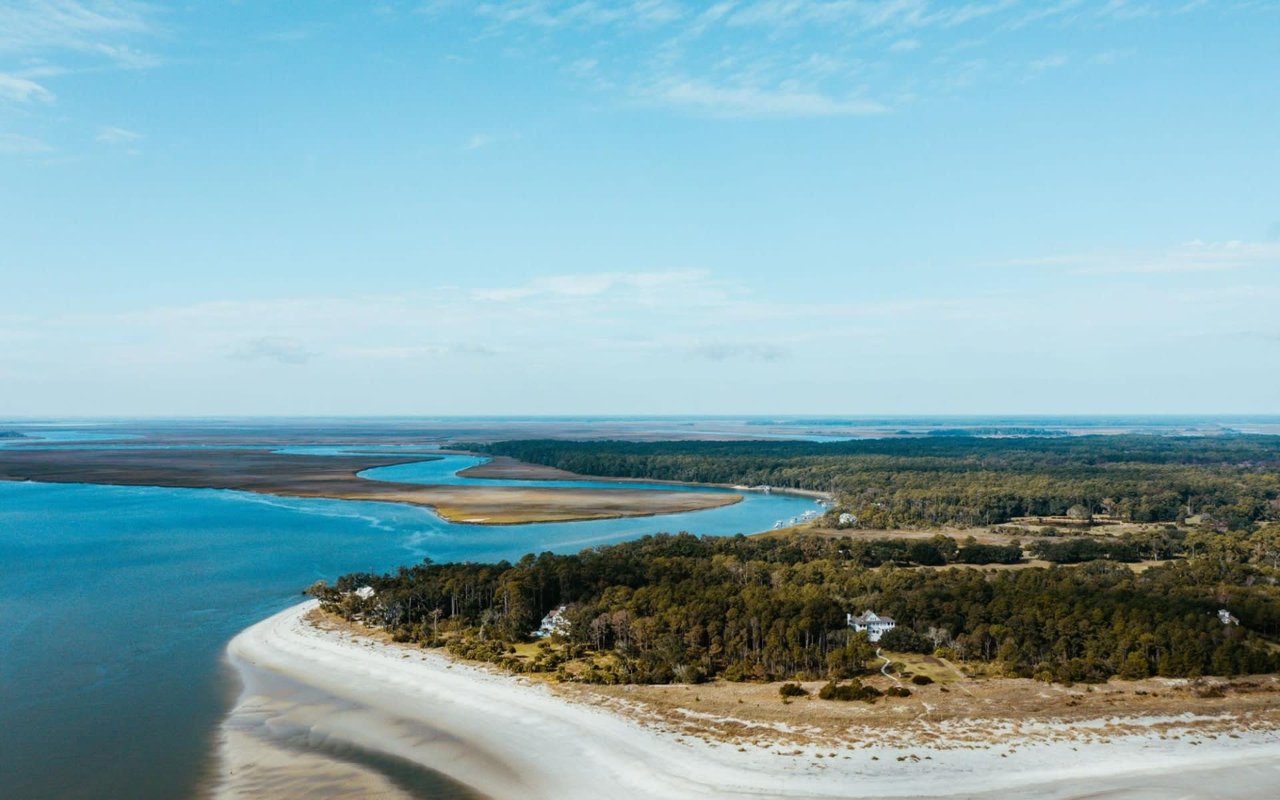There are few things as intriguing and exciting as a mystery. Throw in tales of attacks from rival nations, floundering settlers, and the town lost to time, and you have the makings of a movie, or even better, an archaeological dig. That is exactly what is happening beneath present-day Beaufort. On June 6, 2022, Dr. Chester DePratter embarked on a journey to discover the true history of Stuarts Town, a Scottish settlement that dates back to the late 1600s. The exploration and discovery of the history that has shaped our community is one of the many things that makes Beaufort such a special place to visit, and even more so, to live.
Five fascinating things to know about Beaufort's archaeological dig for Stuarts Town
1. History mystery
In the midst of an oncoming winter in the November of 1684, Beaufort saw a company of 51 Scots sail into Port Royal Sound with the sole purpose of establishing and growing a permanent settlement of colonists to be called Stuarts Town. Previous to their arrival in the Sound, they had landed in Charles Town (now known as Charleston) with a large group of Scotsman who also had come to the New World with hopes of building a future for their families and their nation.
The availability of land around Charleston and Beaufort was made possible by a treaty that had been struck between the Native Americans and the authorities in Charleston. Charleston had acquired land that was to be bought and utilized by the Scots upon their arrival. Henry Erskine, otherwise known as Lord Cardross, had somewhere around 24,000 acres surveyed with the intention of having a settlement of approximately 1,000 Scottish colonists settling there. Port Royal was chosen as the location for the settlement and each settler was given a small lot in town and some farmland outside of town. In 1686 there was an estimated 50 homes, a church with a house for the minister, a fort, and the home of Lord Cardross himself.
The prosperity of Stuarts Town, however, did not last long. In August of 1686 the Spanish, along with their Native American allies, thundered into town and burned everything, including the fort and all the houses, to the ground. The colonists that survived the attack fled for their lives to Charleston and Stuarts Town was never rebuilt. It was left to drift mysteriously into legend.
2. Overview plan for the dig
Before the actual digging can take place, Dr. DePratter and his team will conduct a vigorous search to find the location of the little town known as Stuarts Town. There are currently no detailed maps showing the location of Stuarts Town, however, Dr. DrPratter is determined they will be able to find the remnants of the town. Dr. DePratter was careful to explain that care will be taken to while searching for the missing city. For example, utility lines are marked so the team may avoid them. In addition, while the team will be digging small holes to help them determine the site, they will also be replacing them as accurately as possible. The scope of work for this project will depend on the support of the locals, especially those who will allow Dr. DePratter and his team to drill small holes in their yard. Dr. DePratter is diligently working to ensure everything is done with the approval and in the appropriate manner. The project is expected to cost approximately $18,000, a sum which is an amount that Dr. DePratter will need to go to the community to raise in an extensive fundraising campaign.
3. Stuarts Town activities
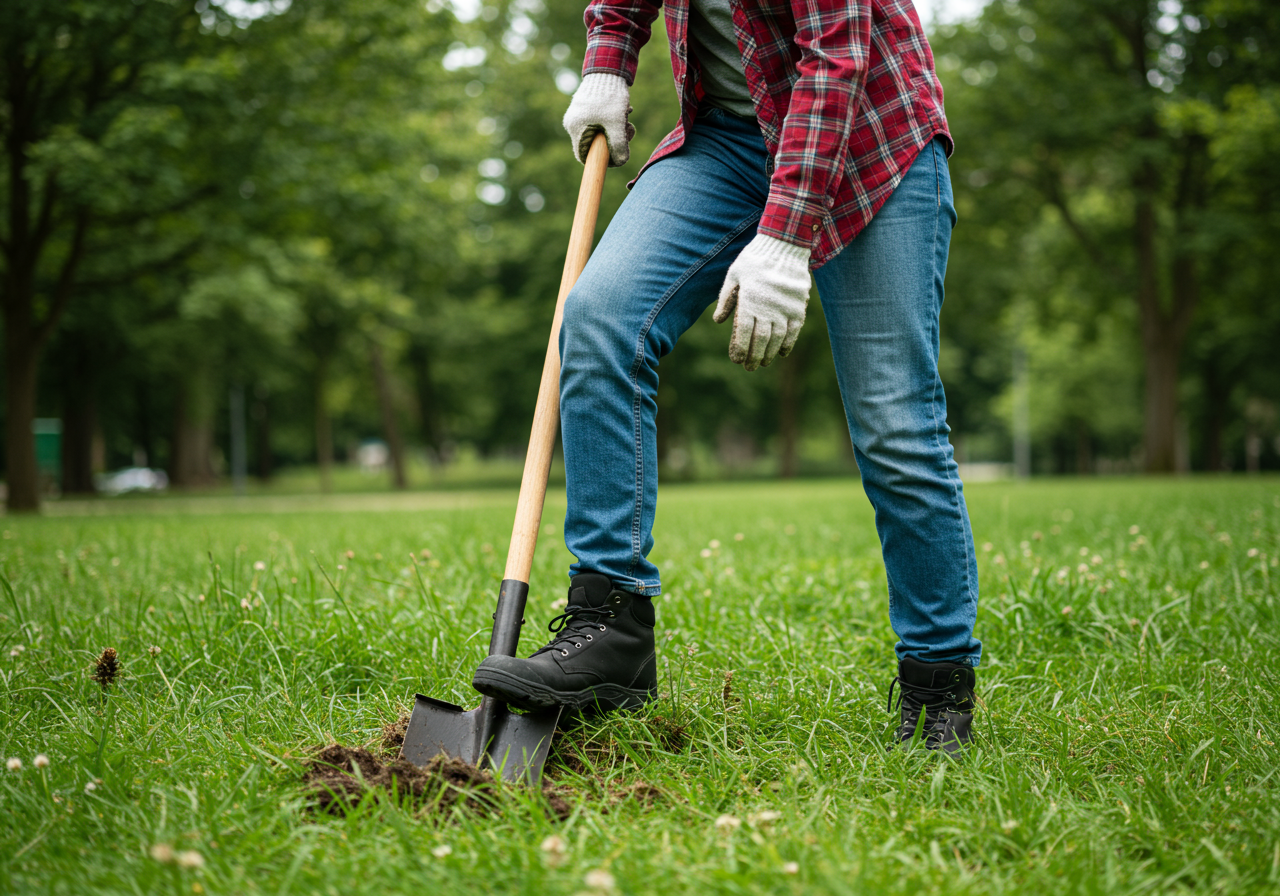
Dr. DePratter, and his team, will be conducting several events surrounding Stuarts Town and its excavation. The first event, a public Kick-Off Event, occurred on June 6, 2022. During that event, Dr. DePratter and Dr. Larry Rowland gave the background and plans for the project from several perspectives and dug the first official shovel tests. The following two events for Stuarts Town include the following:
-
A Week of Field Work - The first week of August is targeted for the first week of exploratory fieldwork. The search area will cover approximately 50 acres in the Beaufort neighborhood of The Point. The Point is bounded by Carteret Street, Prince Street, and the Beaufort River and where Dr. DePratter believes the remains of Stuarts Town will be found. The search area includes many residential lots (whose owners have given permission for testing), City Parts, and Open Trust Lands. Once any and all finds have been cleaned, examined, researched, and cataloged, the team will decide if a second exploratory week should be added to the plan and undertaken.
-
Public Symposium - A free public symposium regarding Stuarts Town is being planned for the fall. The team will share findings and much more. Upcoming information regarding the symposium may be found on
The Search for Stuarts Town website.
4. The digging process and what it entails
The technique that Dr. DePratter and his team are utilizing is known as the "shovel method." The shovel method involves digging rectangular holes, dug by hand, to the depth of what is known as the subsoil. This is generally about one to two feet deep. Holes will generally be 20-30 feet apart if they are dug in the same area. The plan is to excavate between 200-300 individual shovel test pits in the notated search area. A highly-trained and insured group of archaeologists will conduct the research and do the digging.
First, the sod is removed and kept aside. The soil is then scraped using a flat blade shovel, removed from the hole, and then placed on a screening device with a plastic sheet underneath. The sample is then shaken and the soil falls through. Anything remaining after the shake-out is removed to labeled bags for cleaning and analysis. The exact location of the sample is then recorded by GPS in order to create maps for the area. Once the subsoil layer is found the digging will stop and the soil and sod are replaced as they were found. Only Dr. DePratter and his team will be conducting experiments on personal property. It is important to notate that there may be mitigating circumstances that can possibly affect the timeline of the work schedule, including weather and property owner agreements.
5. What happens when they find something of interest?
If something of interest should be found, then all artifacts become the property of the SC Institute of Archeology and Anthropology (
SCIAA). The SCIAA assumes these responsibilities going forward. This is to ensure that each artifact is properly cleaned, cataloged, analyzed, conserved, and preserved for perpetuity. Any items of interest, regardless of what historical time period they may be from, have the possibility of being placed on a long-term loan by the SCIAA to local museums or charitable organizations. If a larger, more significant find should be captured, Dr.DePratter and his team will discuss options with the landowner of the property where the find was discovered. Then, and only then, with the permission of the landowner, will the search area be expanded or an alternate strategy planned. From there, the Beaufort History Museum is creating plans to build an exhibit that is created around community/public archeology and to showcase the finds from "Old Beaufort." The history of Stuarts Town is a vital part of the history of the Beaufort Community.
Beaufort's past makes for an amazing future
Dr. DePratter and his team are working to help bring the past of Stuarts Town into the future of Beaufort. The research being done by Dr. DePratter and his team will shed light on the life and heritage of the people who helped to found the lovely town we call home. The fact that the community at large plays a role in discovering the history and solving the mystery of Stuarts Town has a profound impact on the community at large and allows the past to come alive and be a part of the present and the future.
Stuarts Town is a small part of the historical treasure that surrounds Beaufort. This coastal town is full of a vast and rich history that helped to shape the city into the charming locale that it is today. Moreover, it is this history, and the burgeoning potential the city holds, that is carrying it firmly and safely into the future and making it an ideal home for current residents and those looking for a bright future.
Beaufort has a small-town feel with big city opportunities.
Mansions & Manors can help you to navigate the city and all it has to offer, as well as have great insights and perspective on the unique characteristics that make the surrounding area the lovely city that it is. Contact Mansions & Manors, the
Personalized Real Estate Service, today to learn more about beautiful Beaufort by the Bay and all it has to offer.
